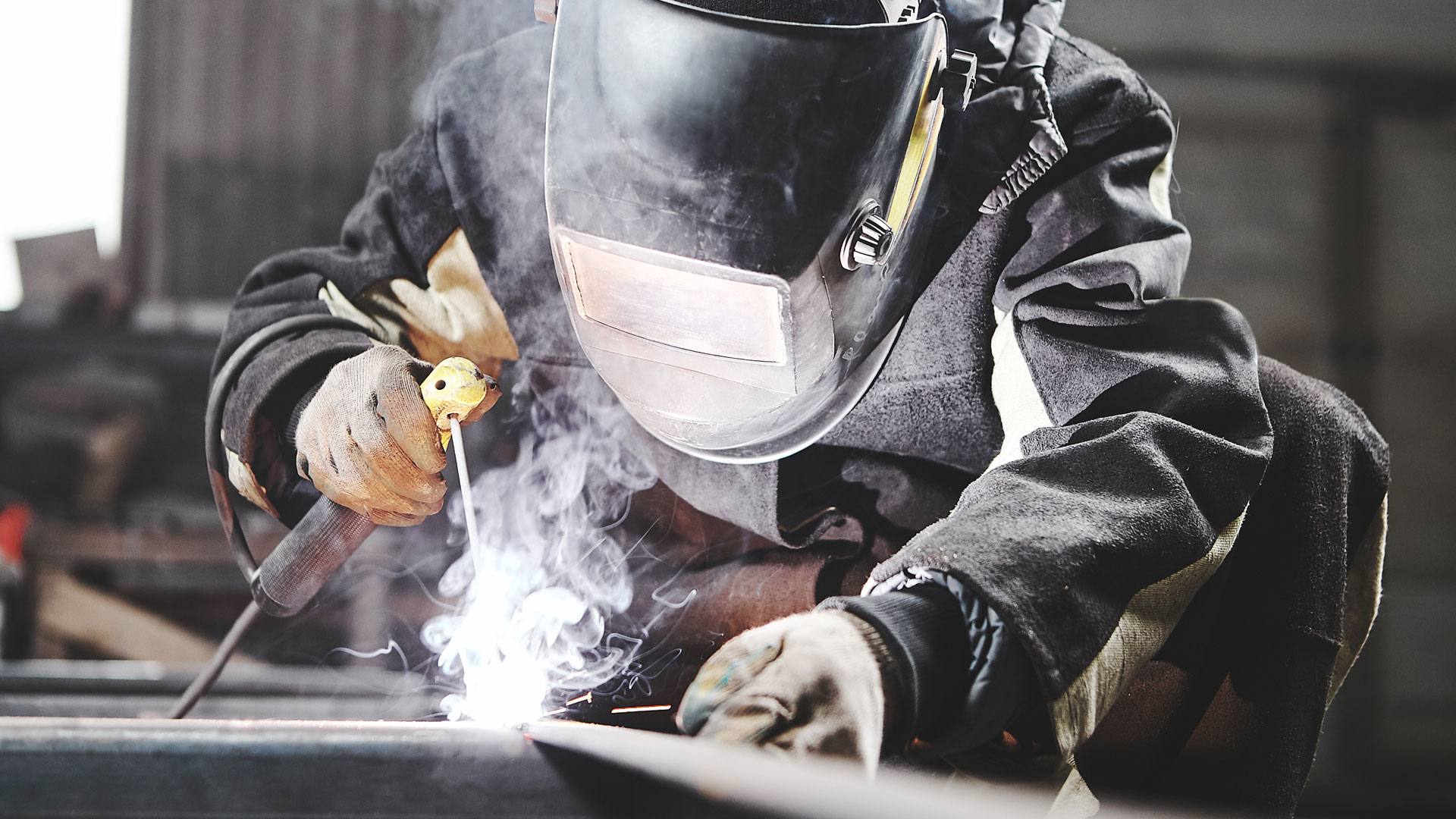Maximizing Your Welding WPS: Strategies for Improved Efficiency and Effectiveness
Maximizing Your Welding WPS: Strategies for Improved Efficiency and Effectiveness
Blog Article
The Ultimate Guide to Welding WPS Procedures: An Extensive Review for Welders
In the intricate world of welding, Welding Procedure Specs (WPS) work as the backbone of making sure quality, uniformity, and safety and security in welding procedures. Recognizing the nuances of developing, carrying out, and keeping an eye on WPS treatments is vital for welders wanting to boost their craft and fulfill sector standards. As we dive into the various components of a WPS and explore the complexities of certification and qualification, we will certainly uncover the vital function these procedures play in the realm of welding. Let's begin on a trip to decipher the intricacies and significance of WPS procedures in welding practices.
Relevance of WPS Procedures
Understanding the relevance of Welding Procedure Specifications (WPS) treatments is important for making certain the top quality and stability of welded structures. WPS treatments function as a roadmap for welders, laying out the required steps, criteria, and products needed to accomplish a sound weld. By sticking to WPS guidelines, welders can ensure uniformity in their job, resulting in structurally audio and reputable welds.
One of the main reasons why WPS treatments are essential is their duty in preserving weld high quality and stability. Adhering to the specified welding parameters and strategies detailed in the WPS aids avoid defects such as porosity, breaking, or incomplete combination, which can compromise the toughness and durability of the weld.

Elements of a WPS
A Welding Procedure Specification (WPS) commonly makes up essential parts that information the certain needs for executing a weld, ensuring consistency and top quality in the welding process. The vital elements of a WPS include vital variables such as base steels, filler metals, preheat and interpass temperatures, welding processes, protecting gases, welding settings, and post-weld warmth treatment demands.
Base metals refer to the products being joined, while filler steels are made use of to fill up the void in between the base metals during welding. The welding procedure lays out the details strategy to be used, whether it's gas metal arc welding (GMAW), secured metal arc welding (SMAW), or another method. Welding positions define the positionings in which welding can be performed.

Qualification and Certification
Having developed the vital elements of a Welding Treatment Requirements (WPS), the emphasis now changes towards the critical elements of qualification and certification in welding techniques.

Accreditation, on the other hand, is the formal recognition of a welder's qualifications by an appropriate qualification body or company. Welding accreditations are generally based on the particular welding procedures, materials, and placements a welder is certified to collaborate with. Holding a legitimate welding qualification shows that a welder fulfills sector criteria and is experienced to perform welding jobs to the called for requirements.
Creating a WPS
To create a Welding Treatment Requirements (WPS) that fulfills sector criteria, cautious consideration of welding processes, products, and operational parameters is necessary (welding WPS). The primary step in creating a WPS is to recognize the welding procedure to be utilized, such as gas steel arc welding (GMAW) or Read Full Article protected metal arc welding (SMAW) Once the welding procedure is figured out, the next important element is picking the ideal products, taking into consideration aspects like base metal kind, thickness, and joint design. Operational parameters such as welding existing, voltage, travel rate, and shielding gas make-up must additionally be diligently defined in the WPS.

Carrying Out and Keeping An Eye On WPS
Upon completing the comprehensive Welding Treatment Requirements (WPS) that carefully information welding procedures, materials, functional parameters, and high quality assurance measures, the emphasis changes to successfully applying and keeping an eye on the well-known procedures. Application involves guaranteeing that all welders included in the task are familiar with the WPS and follow it meticulously throughout the welding process. Reliable implementation and tracking of the WPS are vital for making sure the honesty, strength, and safety and security of the bonded joints, inevitably contributing to the general success of the welding job.
Conclusion
To conclude, understanding and adhering to Welding Procedure Specs (WPS) is important for welders to make sure high quality, consistency, and safety and security in their work. By recognizing the components of a WPS, acquiring proper qualifications and accreditations, developing comprehensive procedures, and executing and checking them successfully, welders can enhance their skills and effectiveness in welding methods. Abiding by WPS procedures is crucial for producing premium welds and meeting industry standards.
In the complex world of welding, Welding Procedure Specs (WPS) serve as the backbone of ensuring high quality, uniformity, and safety and security in welding procedures. Read More Here The welding procedure outlines the certain method to be utilized, whether it's gas metal arc welding (GMAW), secured steel arc welding (SMAW), or one more technique.To develop a Welding Treatment Requirements (WPS) that fulfills market standards, careful consideration of welding processes, products, and operational criteria is vital. The initial action in developing a WPS is to recognize the welding process to be used, such as gas steel arc welding (GMAW) or protected metal my company arc welding (SMAW)Upon finalizing the thorough Welding Procedure Spec (WPS) that meticulously information welding processes, materials, operational parameters, and top quality guarantee procedures, the emphasis changes to successfully executing and keeping an eye on the well established treatments.
Report this page